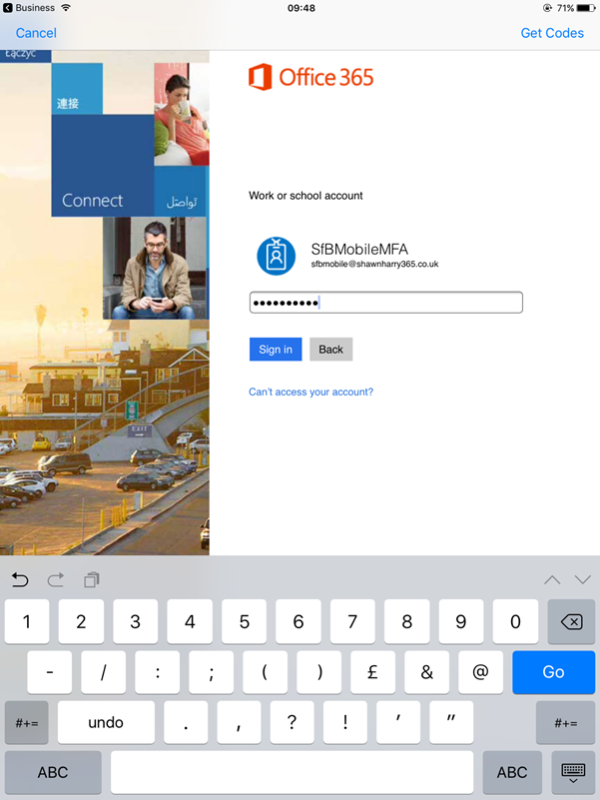
- #Sign in to skype for business remote desktop install
- #Sign in to skype for business remote desktop update
- #Sign in to skype for business remote desktop code
- #Sign in to skype for business remote desktop Offline
#Sign in to skype for business remote desktop Offline
EWS must be available to the Skype for Business client for Offline messages to be sent. Offline IM uses Exchange Web Services (EWS) to send Offline messages from the Skype for Business client to the mailbox of recipient. 1000 or higher) that leverages Exchange Web Services (EWS) to send messages from the Skype for Business client to a user’s Exchange mailbox.

Offline IM is a client side feature built into Skype for Business client (2016 C2R build.
#Sign in to skype for business remote desktop install
Install and configure Busy Options for Skype for Business Server Offline IM Plan for Busy Options for Skype for Business Server 259 for Skype for Business Server 2015, Busy Options For example, a call that’s rejected and sent a busy signal or that’s sent to voice mail by Busy Options doesn’t ring on any of the Macintosh, Windows Desktop, Mobile Clients, or IP telephones (VOIP) that the user is signed into When one of these options is set, the Busy Options setting is in effect for all the user’s Skype for Business endpoints.
#Sign in to skype for business remote desktop code
This feature is also useful for healthcare providers within the United States who want to have roaming support for multiple code blue emergency numbers. The United Kingdom, for example, supports both 999, the emergency number for the United Kingdom, and 112, the emergency number for the European Union. While the United States has a single emergency number, 911, many countries support multiple emergency numbers. Multiple emergency numbers is a new feature introduced in the June 2016 Cumulative Update. Skype for Business Server now supports the configuration of multiple emergency numbers for a client.

Official KB, which doesn’t really have any information: Multiple Emergency Number RDP is still used where remote control is required. VBSS will use less bandwidth and give higher frame rates for screen sharing. CU3 adds this ability to Skype for Business Server, including conferencing. For some time the 16.x Skype for Business clients have supported the option of using video encoding for screen sharing, and more recently this was added to Skype for Business Online. Traditionally Skype for Business (and Lync) uses Remote Desktop Protocol (RDP) to screen share, this gives easy remote control but can be more bandwidth intensive than using a video codec.
#Sign in to skype for business remote desktop update

It has a couple of documented fixes, but also adds the following features: Just a quick one to let everyone know Skype for Business Server June 2016 Cumulative Update (CU3), has just dropped.


 0 kommentar(er)
0 kommentar(er)
